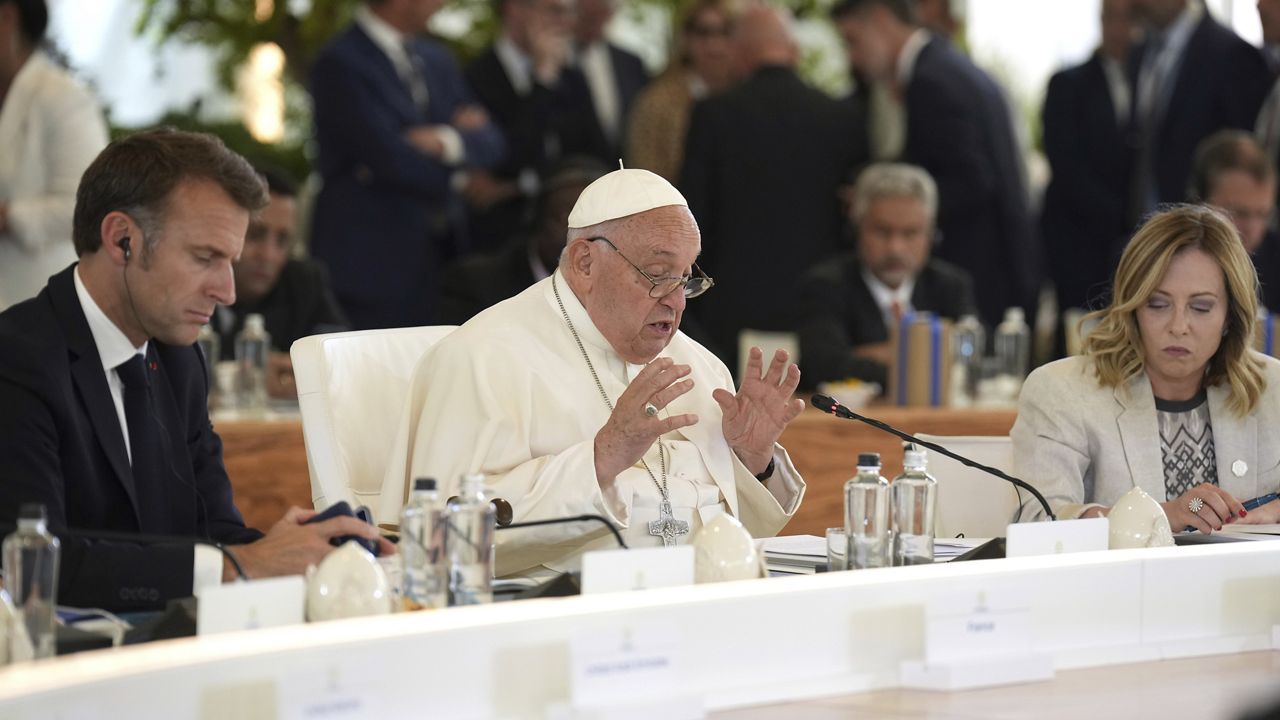Behind Vatican Walls: The Secret Protocol When a Pope Falls Ill

The Vatican's leadership transition is a rare and fascinating process that occurs only under exceptional circumstances. Unlike most political leadership changes, the papacy shifts solely when a pope either passes away or voluntarily steps down from his sacred role.
Historically, papal succession has been a momentous event steeped in centuries-old traditions. When a pope dies or chooses to resign, the Catholic Church embarks on a carefully orchestrated process known as the papal conclave. This extraordinary gathering of cardinals represents a pivotal moment in the Church's governance, where senior religious leaders come together to select the next spiritual leader of over 1.3 billion Catholics worldwide.
The selection process is both solemn and intricate. Cardinals from around the globe convene in the Sistine Chapel, sealed off from external communication, to cast their votes. Each ballot is a secret, and a two-thirds majority is required to elect the new pope. The iconic moment of white smoke emerging from the chapel's chimney signals to the world that a new pontiff has been chosen, marking a historic transition of papal authority.
While papal changes are infrequent, they represent a critical moment of renewal and continuity for the Catholic Church, symbolizing both the institution's ancient traditions and its ability to adapt to changing times.

